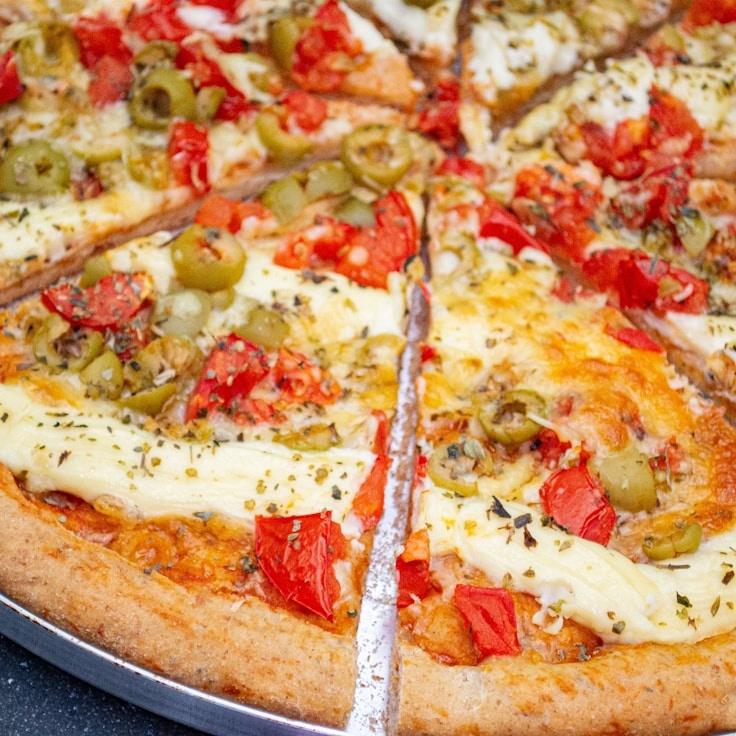At Crust & Flame Pizzeria, we believe that superb pizza begins with top-tier dough. After more than thirty years of refining our method, we’re thrilled to share a few of our secrets with you. While we can’t disclose the exact formula (some traditions are meant to be protected!), these guidelines will help you craft restaurant-quality dough at home.
The Flour Makes the Difference
The base of excellent pizza dough is high-grade flour. We recommend using 00 flour, a finely milled Italian variety with moderate protein (about 12%). This yields a strong yet tender dough. If 00 flour isn’t available, bread flour is a solid alternative, though the texture will differ slightly.
Water Temperature and Hydration
The temperature of your water influences fermentation pace and dough development. For a slow fermentation (which enhances flavor), use cold water around 45°F (7°C). For quicker fermentation, opt for lukewarm water around 85°F (29°C). Hydration—water-to-flour ratio—should sit between 60-70% for most home ovens.
Minimal Yeast, Maximum Time
One of the key tricks for flavorful dough is using less yeast and giving it more time to ferment. We use only 0.2% fresh yeast relative to flour weight for doughs that ferment for 24-48 hours. This slow approach develops deeper flavors and yields a dough that’s gentler on digestion.
Salt: Beyond Flavor
Salt does more than season—it strengthens the gluten network and helps regulate fermentation. We suggest fine sea salt at 2.5-3% of the flour weight. Add it after the flour and water have started combining to prevent direct contact with the yeast.
The Art of Fermentation
After mixing, let the dough bulk ferment at room temperature for 2 hours, then divide into individual dough balls. Store these in containers with lids and refrigerate for 24-72 hours. That cold fermentation is where the magic happens—enzymes break down starches into sugars, delivering flavor and the characteristic browning of our crusts.
Handling with Care
When it’s time to bake, take the dough out of the fridge 1-2 hours beforehand to let it rise. Handle gently to preserve the gas bubbles. Use your fingertips to press and stretch the dough instead of rolling, which can flatten those delicate air pockets.
The Final Touch: Heat
While our wood-fired ovens reach about 850°F (454°C), most home ovens top out around 550°F (288°C). To compensate, preheat a pizza stone or steel for at least an hour. This delivers the intense bottom heat needed for a crisp crust with a light, airy interior.
Mastering pizza dough is a journey, not a destination. Each batch teaches you something new about the process. We encourage you to take notes, tweak variables, and discover what works best in your unique kitchen environment.
If you’d like to see our dough-making process in person, join us for one of our monthly pizza workshops where Chef Luca demonstrates these techniques in detail. Check our events calendar for upcoming dates!

